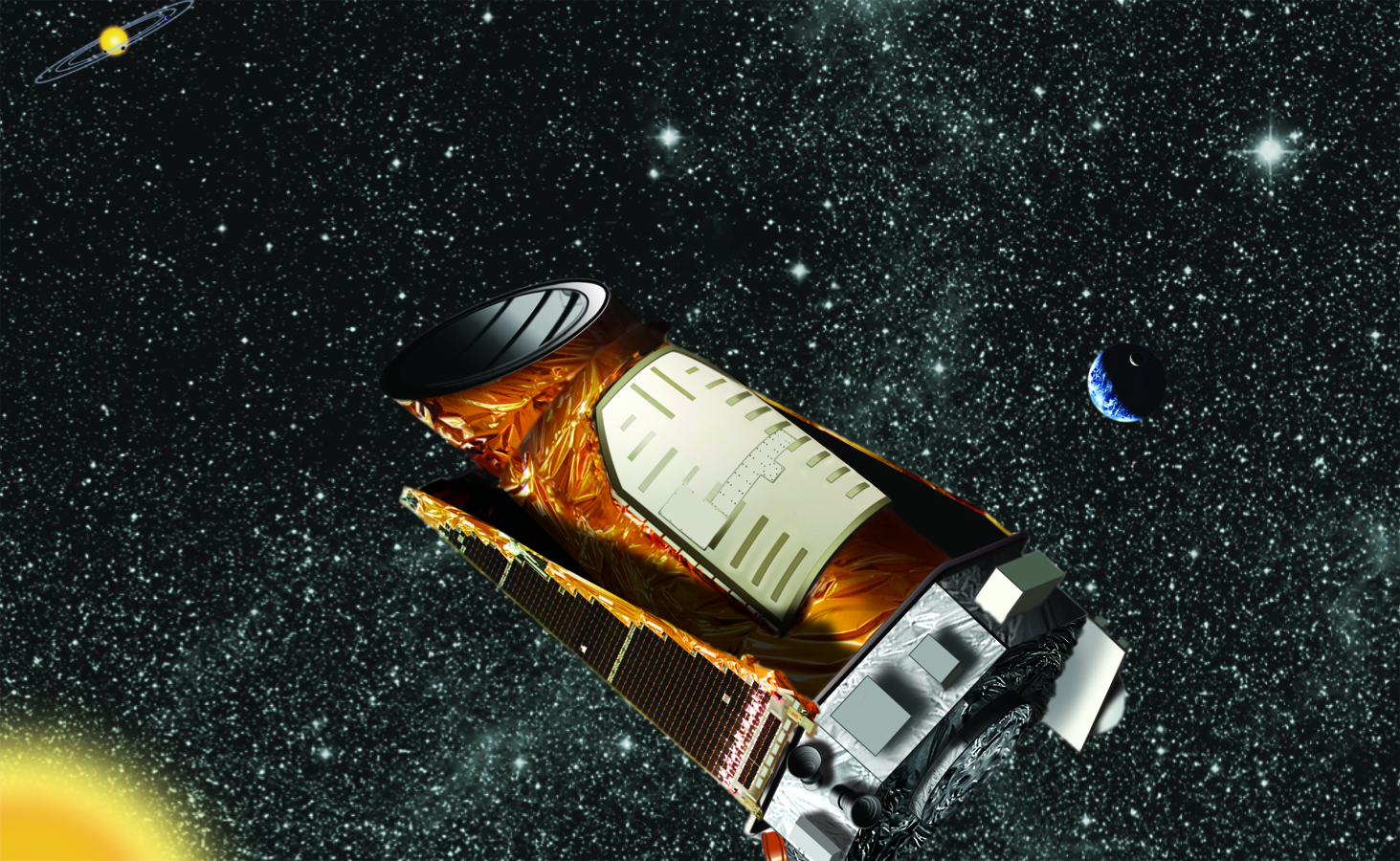Science News
Secret Exoplanets

Yesterday, NASA's Kepler Mission released 43 days of science data on more than 156,000 stars. What’s in that data? 706 possible exoplanets, or at least information on 306 of them.
According to the New York Times,
By agreement with NASA, the team is holding back data on its 400 brightest and best planet candidates, which the astronomers intend to observe themselves over a busy summer.
That data will be released to the scientific community in February 2011.
And that is causing a bit of controversy:
The fate of data— who owns it and who gets to see it, and when— has become one of the more contentious issues in science, scientists say.
With 461 exoplanets already confirmed, why all this fuss? Well, Wired puts it this way:
Though we now know hundreds of exoplanets, most of them are big, hot Jupiters around very bright stars that could not sustain any kind of life that we recognize. It’s easy to detect the bigger planets that orbit close to their stars because their gravity makes the star “wobble” more noticeably and their size dims its light more.
What Kepler, and the world’s astronomers are interested in, are Earth-sized planets orbiting a solar-like star. But that may take awhile, since transits of planets in the habitable zone of solar-like stars occur about once a year and require three transits for verification. So it’s expected to take at least three years to locate and verify an Earth-size planet.
And the stakes are high, says John Huchra, of the Harvard-Smithsonian Center for Astrophysics, in the New York Times, “The first astronomer who can prove they found an Earthlike planet around an Earthlike star will win many kudos and prizes.”
So maybe a little secrecy is okay, says Discover:
Given all the time and effort that went into developing Kepler, most astronomers seem to be all right with the team taking its time to analyze its data and get the credit they deserve.